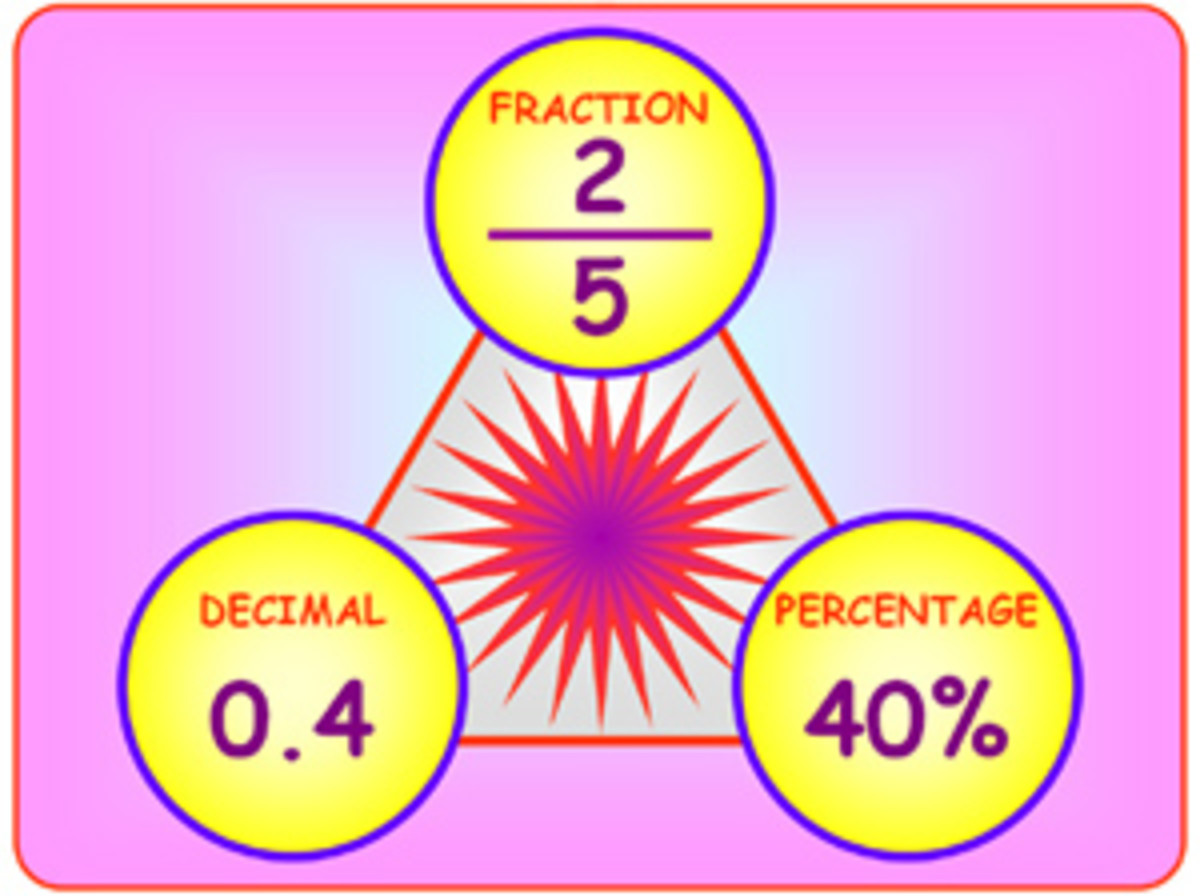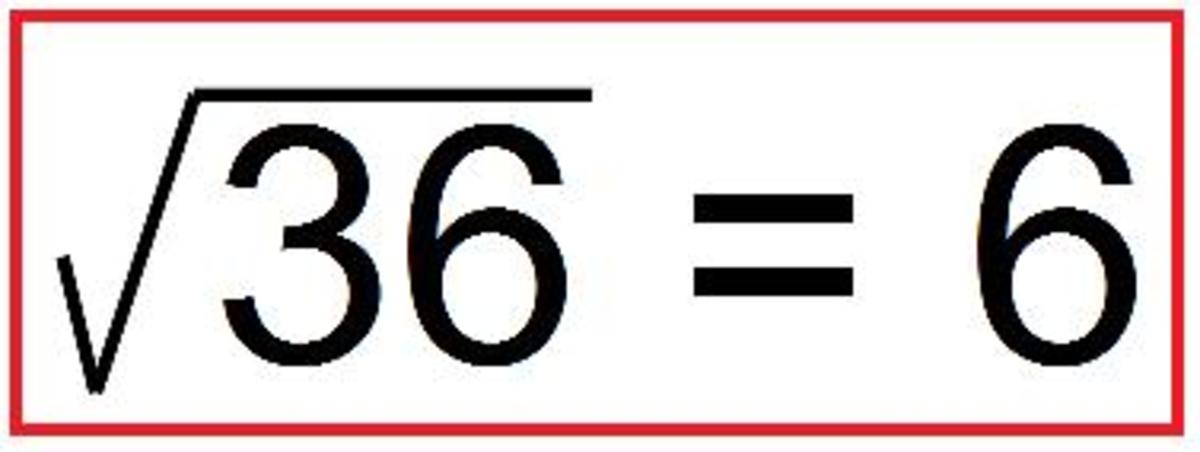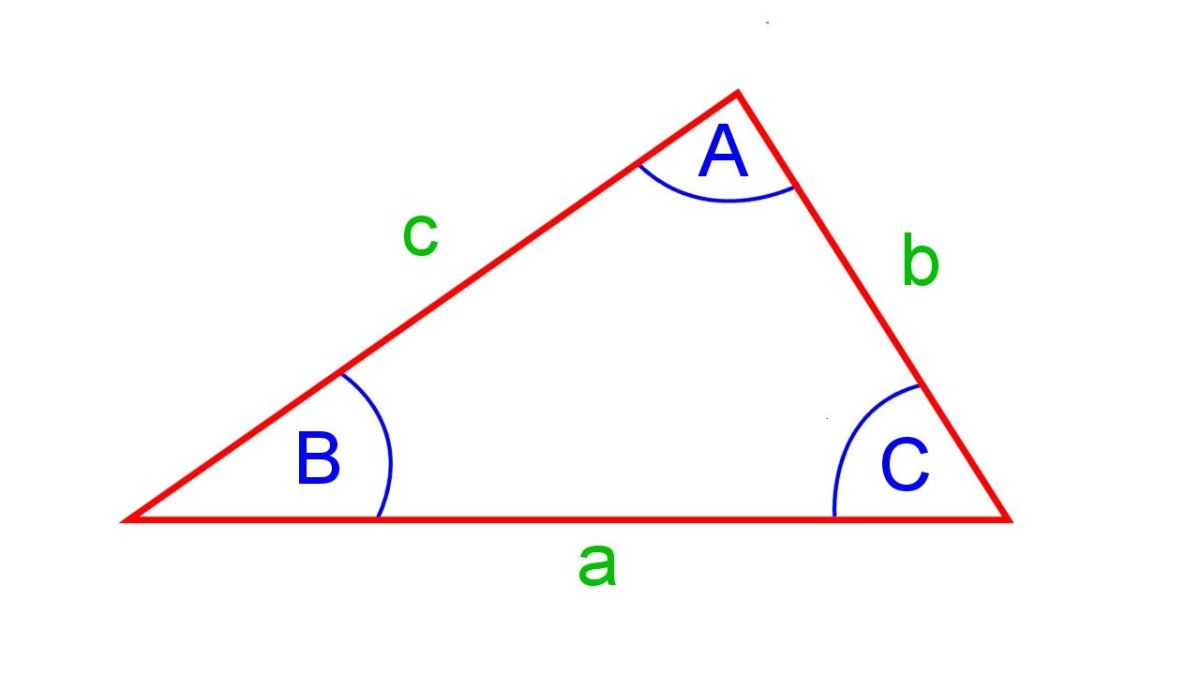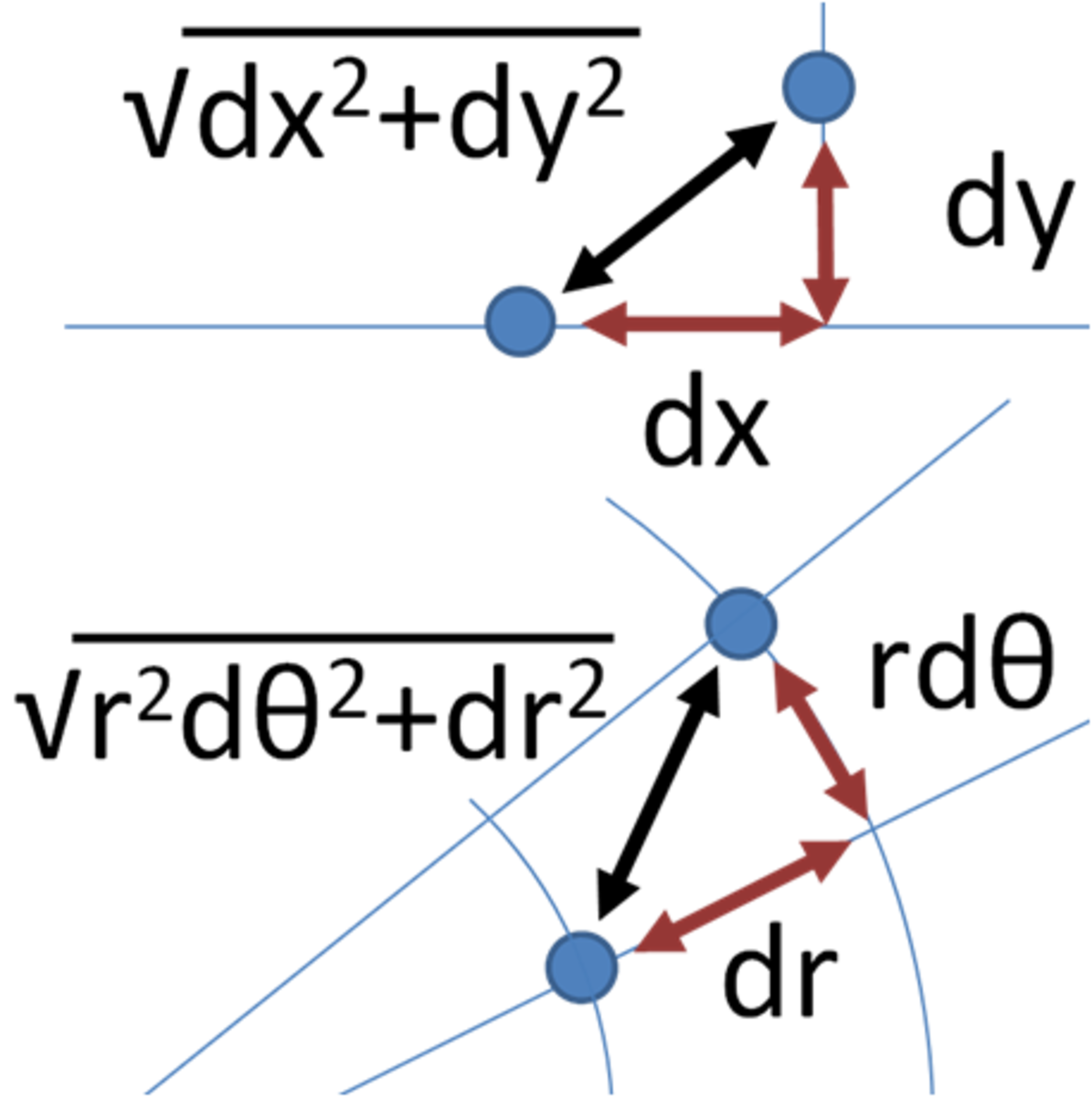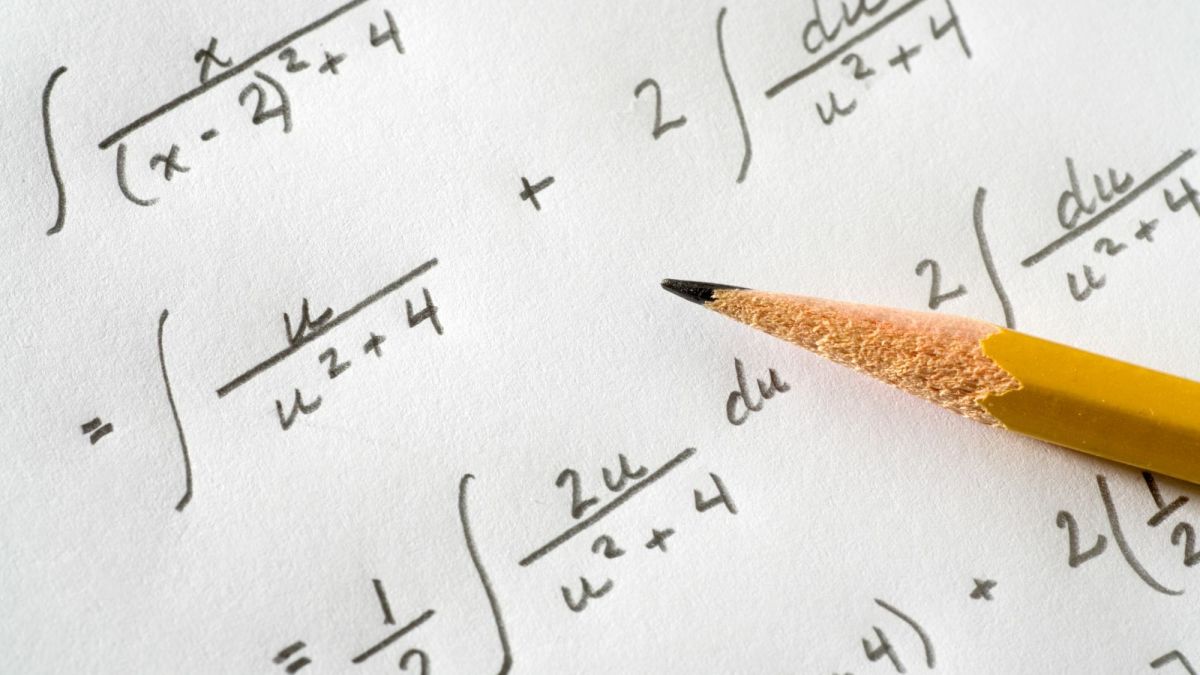What is a reciprocal? For example, why is the reciprocal of 8 equal to 0.125?
How To Work Out A Reciprocal Video
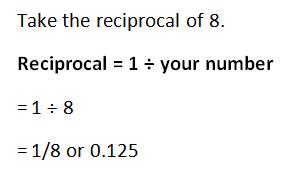
In order to take a reciprocal of a number all you need to do is divide the number into 1. That is:
Reciprocal = 1 ÷ your number
Reciprocals can be useful in calculus and working out the gradient of a normal line.
Example 1
Take the reciprocal of 8.
Reciprocal = 1 ÷ your number
= 1 ÷ 8
= 1/8 or 0.125
Example 2
Take the reciprocal of 3/5.
Reciprocal = 1 ÷ your number
= 1 ÷ 3/5
= 5/3 or 1.7 to 1 decimal place.
Notice in this example, if you take the reciprocal of the fraction all you need to do is flip the fraction over.
Example 3
Take the reciprocal of 1/9
Reciprocal = 1 ÷ your number
= 1 ÷ 1/9
= 9
Example 4
Take the reciprocal of -4
Reciprocal = 1 ÷ your number
= 1 ÷ -4
= -1/4 or -0.25
Notice that the answer is still negative if you take the reciprocal of a negative number.
Example 5
Take the reciprocal of 0.16
Reciprocal = 1 ÷ your number
= 1 ÷0.16
=0.0625
Example 6
Take the reciprocal of √3
Reciprocal = 1 ÷ your number
= 1 ÷ √3
= 0.577 rounded to 3 significant figures.
Example 7
Take the reciprocal of 3/10. Also take the reciprocal of your answer. What do you notice?
Reciprocal = 1 ÷ your number
= 1 ÷ 3/10
= 10/3 or 3.3 recurring.
All you need to do now is take the reciprocal of your answer.
Reciprocal = 1 ÷ your number
1 ÷ 10/3
= 3/10 or 0.3
So if you take the reciprocal again you end up with your original number.
Summary of taking reciprocals
In order to take a reciprocal just divide the number into 1. If you are taking the reciprocal of a fraction then just turn the fraction upside down so that the numerator and denominator swap over.




